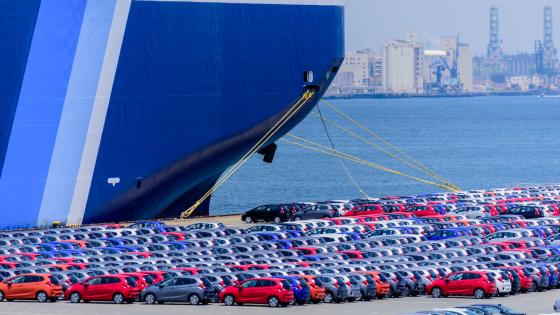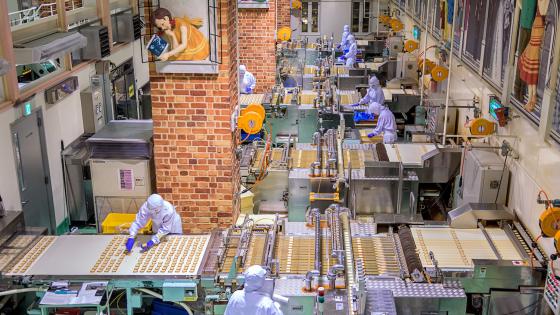DP9669 Was Stalin Necessary for Russia?s Economic Development?
This paper studies structural transformation of Soviet Russia in 1928-1940 from an agrarian to an industrial economy through the lens of a two-sector neoclassical growth model. We construct a large dataset that covers Soviet Russia during 1928-1940 and Tsarist Russia during 1885-1913. We use a two-sector growth model to compute sectoral TFPs as well as distortions and wedges in the capital, labor and product markets. We find that most wedges substantially increased in 1928-1935 and then fell in 1936-1940 relative to their 1885-1913 levels, while TFP remained generally below pre-WWI trends. Under the neoclassical growth model, projections of these estimated wedges imply that Stalin?s economic policies led to welfare loss of -24 percent of consumption in 1928-1940, but a +16 percent welfare gain after 1941. A representative consumer born at the start of Stalin?s policies in 1928 experiences a reduction in welfare of -1 percent of consumption, a number that does not take into account additional costs of political repression during this time period. We provide three additional counterfactuals: comparison with Japan, comparison with the New Economic Policy (NEP), and assuming alternative post-1940 growth scenarios.


